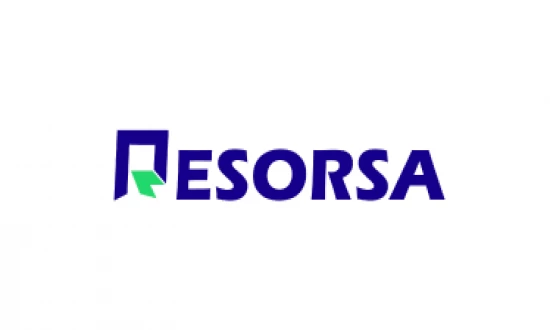Section 1: Understanding Asset Management
1.1 What is Asset Management?
- Definition and importance of asset management
- Different types of assets (physical, financial, intellectual, etc.)
- The role of asset management in achieving organizational goals
1.2 Benefits of Effective Asset Management
- Improved operational efficiency and productivity
- Enhanced decision-making based on accurate asset data
- Reduced costs through optimized asset utilization
- Mitigation of risks and compliance with regulations
Section 2: Key Components of Asset Management
2.1 Asset Identification and Classification
- Developing a comprehensive inventory of assets
- Categorizing assets based on criticality, value, or other factors
- Utilizing asset tags or unique identifiers for easy identification
2.2 Asset Tracking and Maintenance
- Implementing tracking systems (barcode, RFID, GPS) for real-time asset monitoring
- Establishing preventive and predictive maintenance schedules
- Conducting regular inspections and audits to ensure asset integrity
2.3 Asset Lifecycle Management
- Understanding the lifecycle stages of assets (acquisition, utilization, maintenance, disposal)
- Proper planning for asset acquisition and retirement
- Considerations for extending asset lifespan and optimizing ROI
Section 3: Implementing Effective Asset Management Strategies
3.1 Utilizing Technology Solutions
- Exploring asset management software and platforms
- Leveraging cloud-based solutions for centralized asset data storage
- Integrating asset management systems with other business processes
3.2 Data-driven Decision Making
- Collecting and analyzing asset data to identify patterns and trends
- Utilizing analytics for predictive maintenance and optimization
- Incorporating IoT and sensor technologies for real-time asset insights
3.3 Risk Management and Compliance
- Identifying and mitigating risks associated with asset loss, damage, or theft
- Ensuring compliance with industry regulations and standards
- Implementing robust security measures to protect critical assets
Section 4: Best Practices for Successful Asset Management
4.1 Regular Asset Audits and Performance Evaluation
- Conducting periodic audits to validate asset data accuracy
- Measuring asset performance against predefined metrics
- Identifying opportunities for improvement and optimization
4.2 Employee Training and Collaboration
- Providing training on asset management policies and procedures
- Encouraging cross-departmental collaboration for asset sharing and utilization
- Creating a culture of accountability and responsibility towards assets
4.3 Continuous Improvement and Adaptation
- Regularly reviewing and updating asset management strategies
- Embracing emerging technologies and industry trends
- Seeking feedback from stakeholders to drive continuous improvement
Conclusion
In an increasingly complex business environment, effective asset management is no longer a luxury but a necessity for organizations of all sizes. By implementing robust asset management strategies, businesses can optimize operational efficiency, reduce costs, and ensure the longevity of their valuable assets. From asset identification and tracking to implementing technology solutions and fostering a culture of continuous improvement, the key to successful asset management lies in a holistic approach that aligns with organizational goals. Embrace the power of asset management and unlock the full potential of your business.


